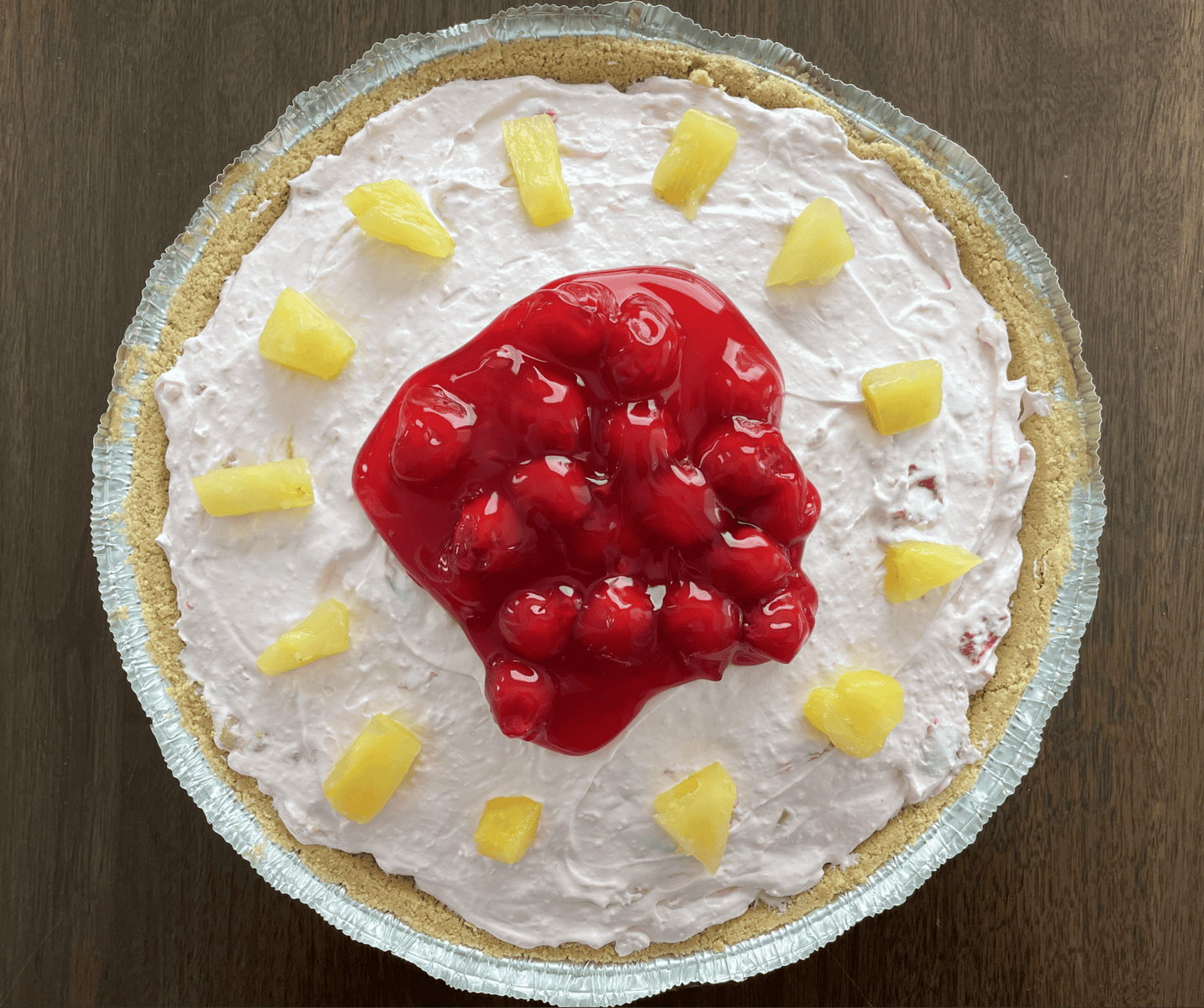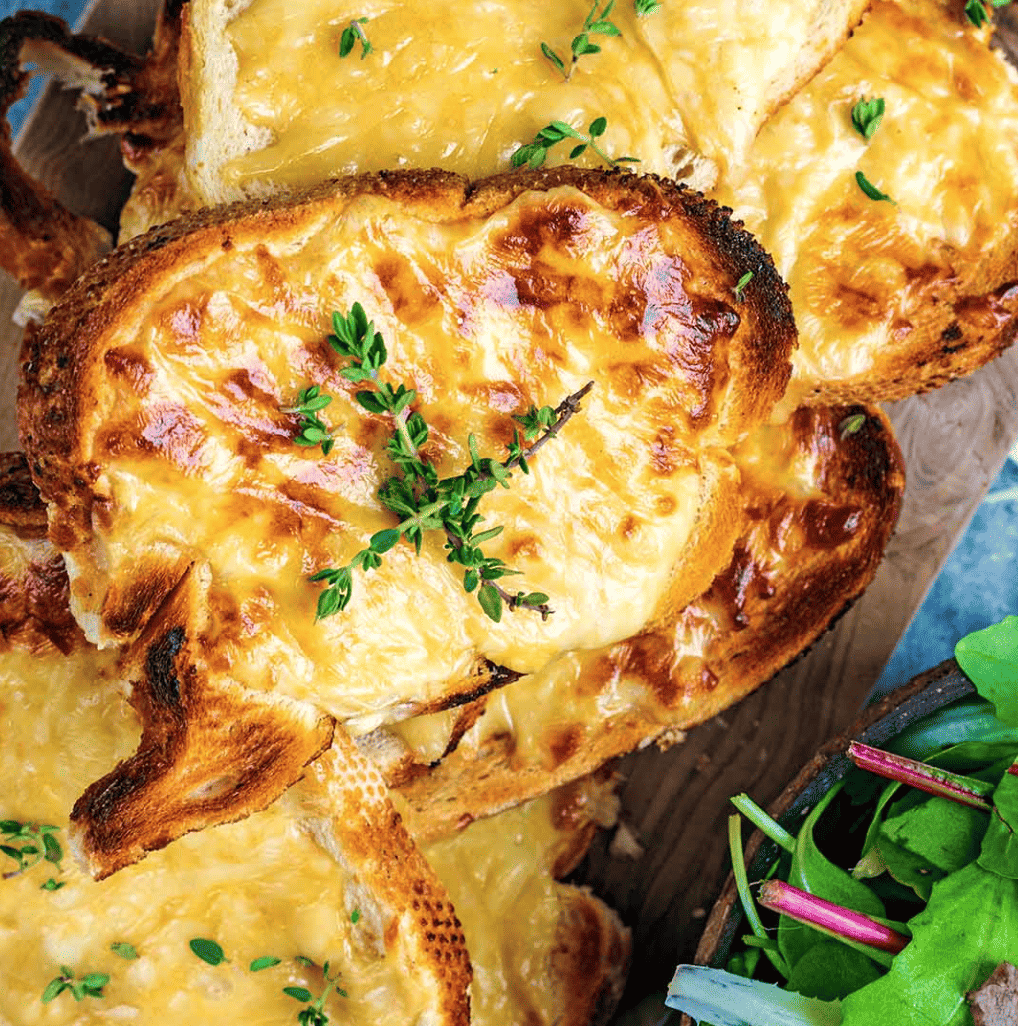Choosing new cookware can be overwhelming. Enamel can be a great choice, as it’s durable, affordable and lightweight. But what are the pros and cons of freezing food in enamel dishes? Can you even freeze food in enamel dishes?

Can You Freeze Food In Enamel Dishes?
You can freeze food in enamel dishes and it’s an excellent option for pre-prepared meals and pies, as your dish can be prepared, stored and cooked in the same dish – great for cutting down on the washing up.
Is It Safe to Freeze Food in Enamel Dishes?
Yes, it is safe to freeze food in enamel dishes.
One of the benefits of enamel is that it is naturally non-stick, so it’s a great alternative if you want to store preprepared meals in an oven-safe tin but are worried about using pans with non-stick coatings.
The best-known non-stick coating, polytetrafluoroethylene (PTFE), most commonly known by the brand name Teflon, contains a chemical called perfluorooctanoic acid (PFOA), which has been linked to cancer and other health issues.
However, all Teflon products have been PFOA-free since 2013.
This hasn’t been enough to reassure some people, though. If you are still worried about the potential health risks of artificially produced non-stick coatings, then a natural alternative like enamel can be a great choice.
Enamel is also a risk-free alternative to plastic storage containers. Some experts worry that chemicals in plastic may leach into our food, particularly when heated, so enamel is a great way to avoid this if you have concerns.
What are the Benefits of Freezing Food in Enamel?
The main benefit of freezing food in enamel cookware or enamel storage containers is that it can go straight into the oven once it’s defrosted.
However, it’s not a good idea to put food in an enamel dish straight from the freezer into the oven as the sudden change in temperature could damage the container.
Enamel storage containers are a great alternative if you want to avoid plastic. There are lots of reasons to avoid using plastic containers. Many of us are trying to cut down on our use of plastic in a bid to help the environment.
Enamel storage containers offer several benefits over plastic. Their non-porous surface means they are not prone to staining like plastic is.
Enamel is also scratch resistant, as well as being resistant to fruit acid, and it doesn’t affect the taste of food in the way that some people say they experience when storing food in plastic containers.
What are the Drawbacks of Freezing Food in Enamel?
If you do decide to store food in the freezer in enamel containers, don’t try to put it straight from the freezer into the oven, as the sudden change in temperature could cause it to crack or even shatter.
Equally, enamel doesn’t tolerate extended periods at high temperatures very well.
Enamel can chip, scratch or crack, and if it does then when you wash the item, water can get into the damaged area and cause rust. For this reason, you must carefully look after your enamel items and dry them thoroughly when you wash them.
Don’t assume, just because it’s enamel, that it is definitely non-toxic. Some glazes may contain toxic metals and though the UK has banned their use, items that were produced before the ban or those that have been imported may not be safe. Check labels carefully.
Which Foods Freeze Well in Enamel?
Enamel is a great idea for storing preprepared meals like lasagne or moussaka. A dish like this can be made in advance and then frozen before the final bake.
When you are ready to use it, you can place it in the fridge to defrost for 24 hours and then bake it in the same container.
Equally, if you’ve served up your dish for dinner and there are leftovers you can pop the rest straight in the freezer without having to worry about finding containers.
Enamel dishes are also popular for baking pies. They have a reputation for cooking pastry evenly, avoiding the dreaded soggy bottom!
Again, you can make the pie up to the final bake and freeze it ready to be baked at a later date, or you can cook your pie and freeze any leftovers.
What’s Enamel Like to Cook with?
Although enamel storage containers are available, they aren’t easy to come by, so if you are going to freeze food in enamel, it’s probably going to be cookware. It is, therefore, worth considering the pros and cons of enamel cookware.
From an aesthetic perspective, enamel can be an attractive addition to any kitchen.
As enamel is a gloss coating, it is available in a wide array of colours and often patterned designs. There are also some desirable retro pieces, such as the iconic blue-rimmed white pie dish and eye-catching floral designs.
From a practical viewpoint, enamel is long-lasting and durable. It doesn’t react to acidic foods and is resistant to staining. It is easy to care for because the non-stick coating makes it easy to clean, plus it is dishwasher safe.
Enamel is versatile and can be used in the fridge, freezer and oven as well as on ceramic, gas and induction hobs. The only place it can’t be used is in the microwave, due to its metal content.
Yes, you can put plates in the freezer. Just make sure they’re safe for such use (like glass, ceramic, or metal), and avoid subjecting them to extreme temperature changes quickly to prevent cracking or breaking.
Yes, many ceramic dishes can be frozen. However, it’s important to ensure the dish is freezer-safe to prevent it from cracking due to thermal shock.


